
 |
WAITING FOR THE
SHADOW
SOLAR AND LUNAR ECLIPSE OBSERVINGHOME PAGE |
|
|
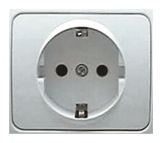 Norway
uses the Europlug (Type C & F), which has two round prongs with 220 volts coming out of the outlets.
Norway
uses the Europlug (Type C & F), which has two round prongs with 220 volts coming out of the outlets.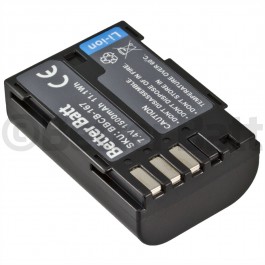 Modern DSLR camera employ Lithium ion batteries which are reasonably resistant to cold but have some special requirements. Modern DSLR camera employ Lithium ion batteries which are reasonably resistant to cold but have some special requirements. "Charging temperature limits for Li-ion are stricter than the operating limits. Lithium-ion chemistry performs well at elevated temperatures but prolonged exposure to heat reduces battery life. Li‑ion batteries offer good charging performance at cooler temperatures and may even allow 'fast-charging' within a temperature range of 5 to 45 °C (41 to 113 °F).[54] Charging should be performed within this temperature range. At temperatures from 0 to 5 °C charging is possible, but the charge current should be reduced. During a low-temperature charge the slight temperature rise above ambient due to the internal cell resistance is beneficial. High temperatures during charging may lead to battery degradation and charging at temperatures above 45 °C will degrade battery performance, whereas at lower temperatures the internal resistance of the battery may increase, resulting in slower charging and thus longer charging times.[54] Consumer-grade lithium-ion batteries should not be charged at temperatures below 0 °C (32 °F). Although a battery pack may appear to be charging normally, electroplating of metallic lithium can occur at the negative electrode during a subfreezing charge, and may not be removable even by repeated cycling. Most devices equipped with Li-ion batteries do not allow charging outside of 0-45 °C for safety reasons, except for mobile phones that may allow some degree of charging when they detect an emergency call in progress." [Wikipedia] Friends who have used DSLR's in Antartica tell me that they just kept the battery in their inside pockets unti they needed to use it. Then the heat generated by the camera and battery during use, kept it warm enough. |
Eveready Energizer Ultimate Lithium are
a non-rechargeable Lithium Iron Sulphide battery that have no liquid to
freeze and can be used, with some slight output reduction down to -40C.
They are available in AA size (L91) and AAA size (L92). Many battery grips for DSLR’s can take AA sized
batteries along with most accessories - flash, flashlights, time-lapse
controllers, Vixen Polarie etc etc. The grip can be kept inside your
jacket until ready for use thus minimizing temperature drops. 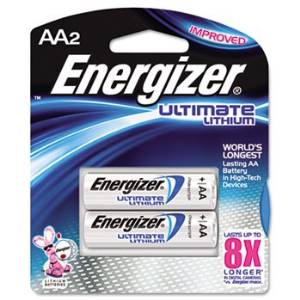 The Discharge profile and Temperature effect on capacity diagrams are shown below for AA and AAA sizes. 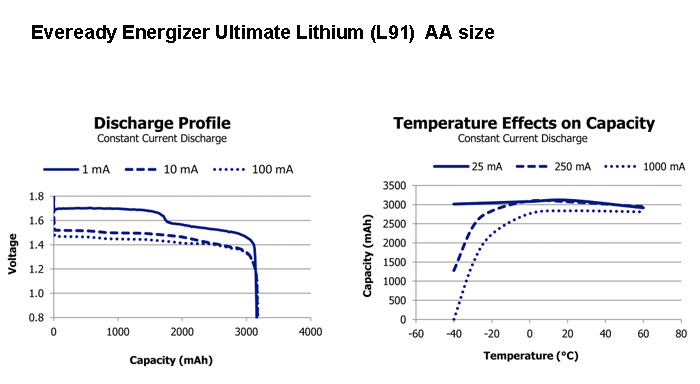 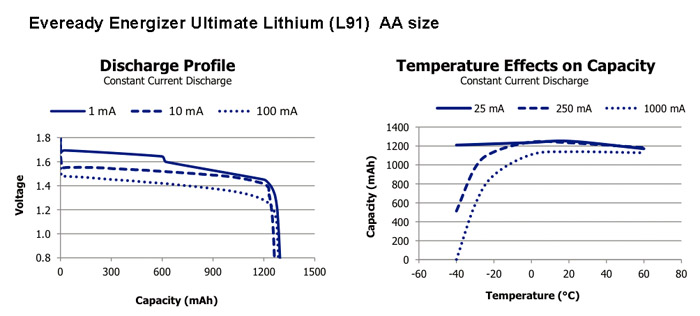 |

